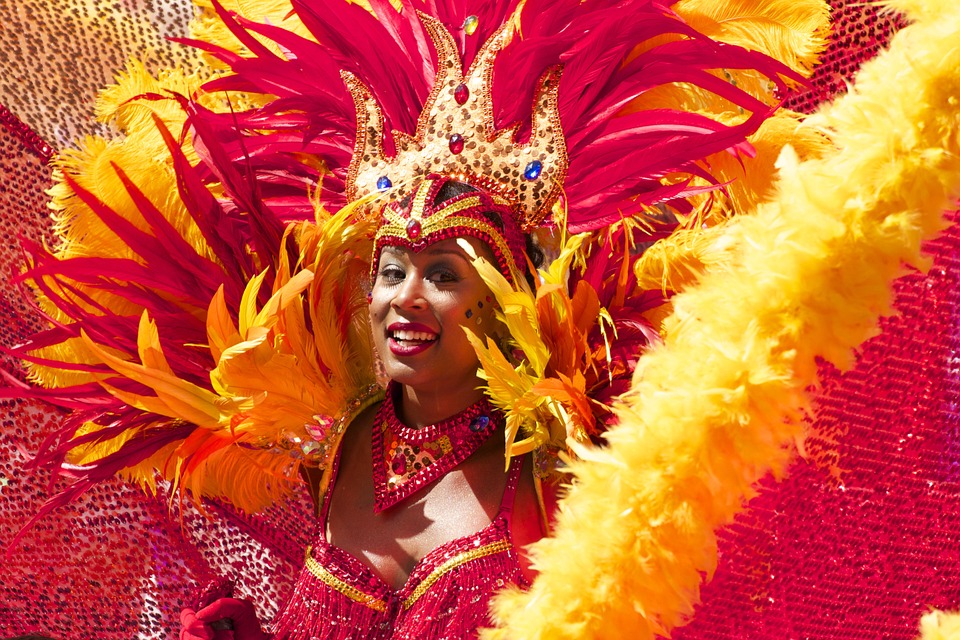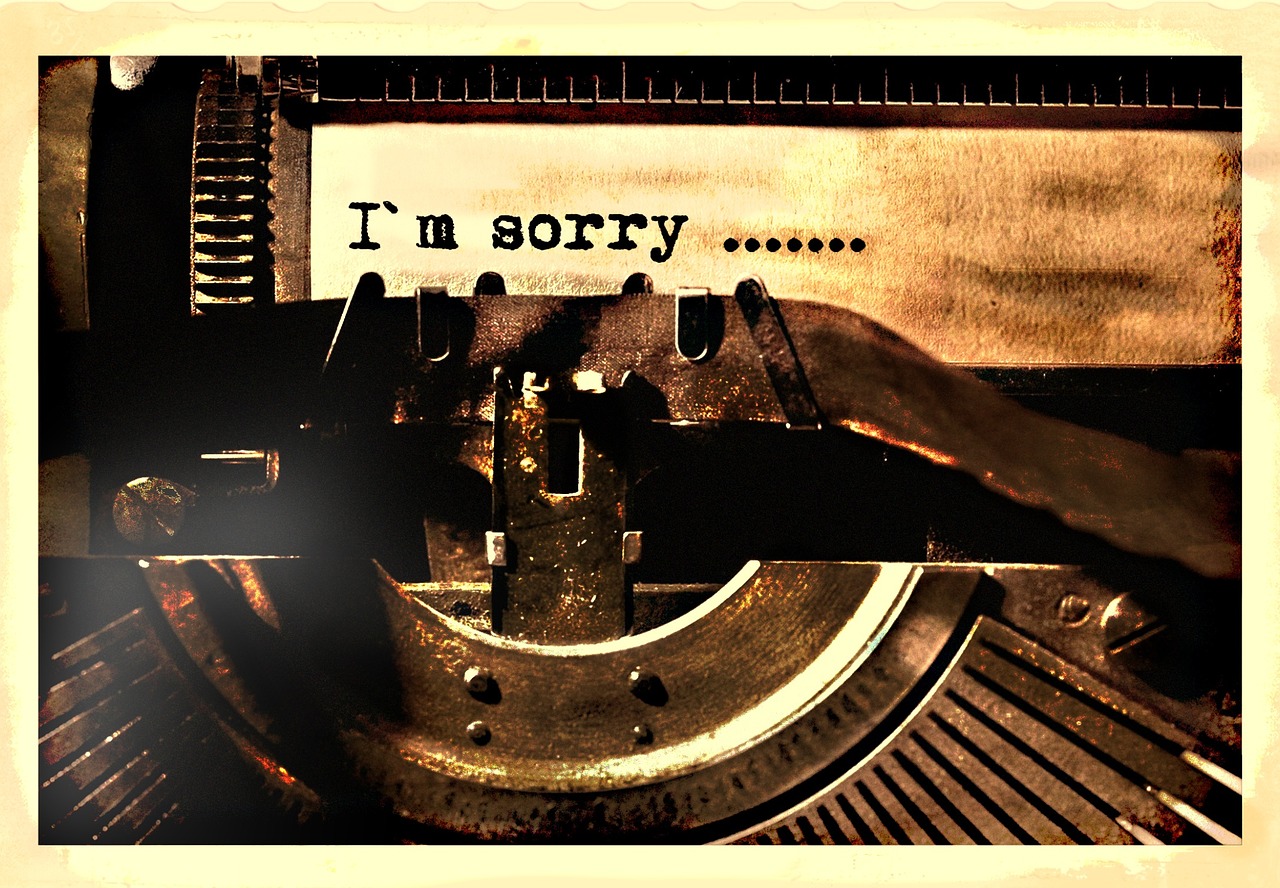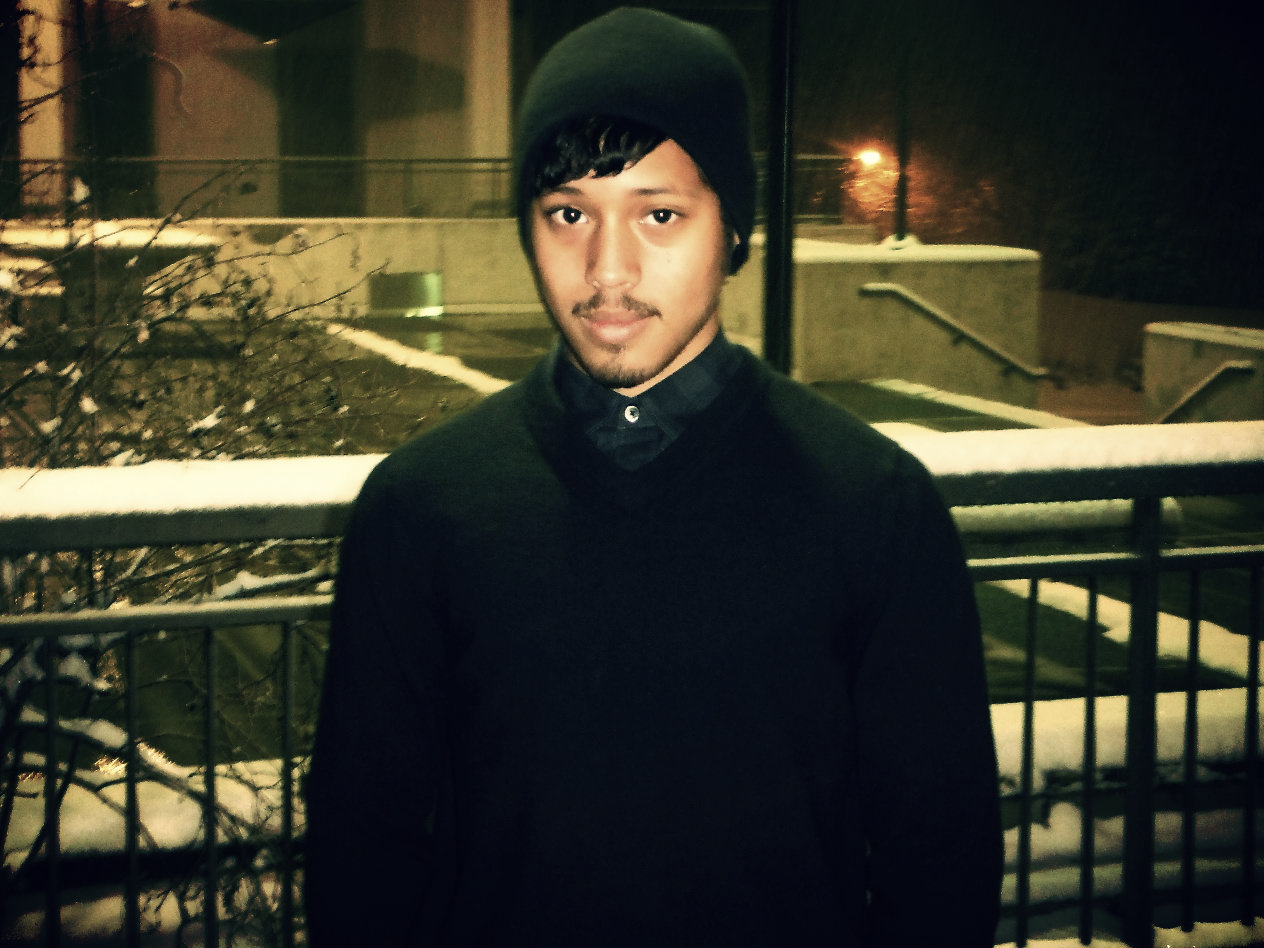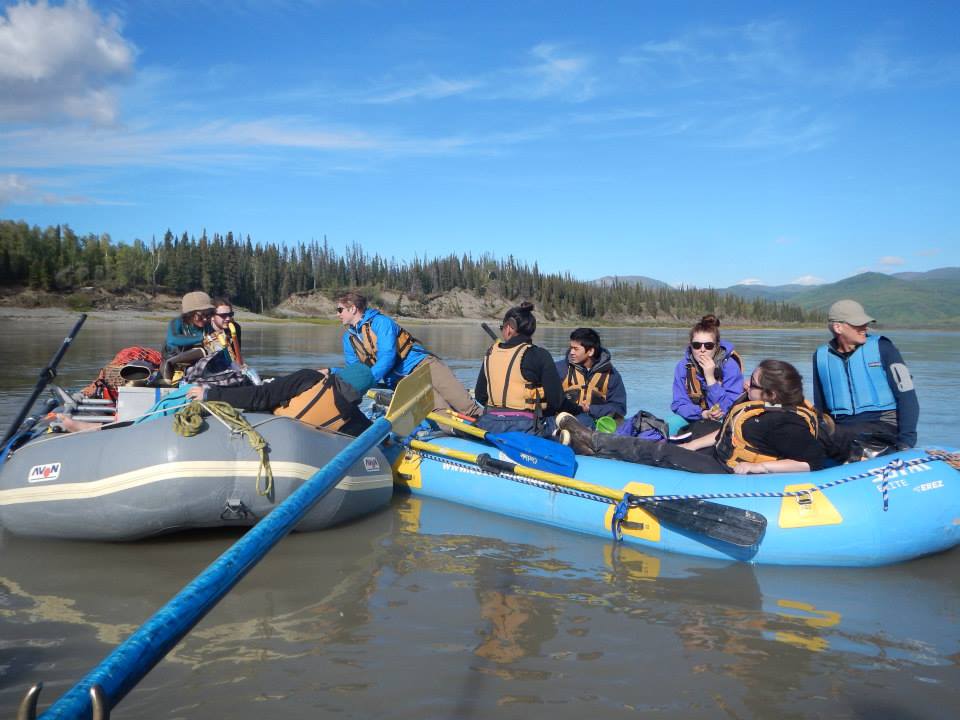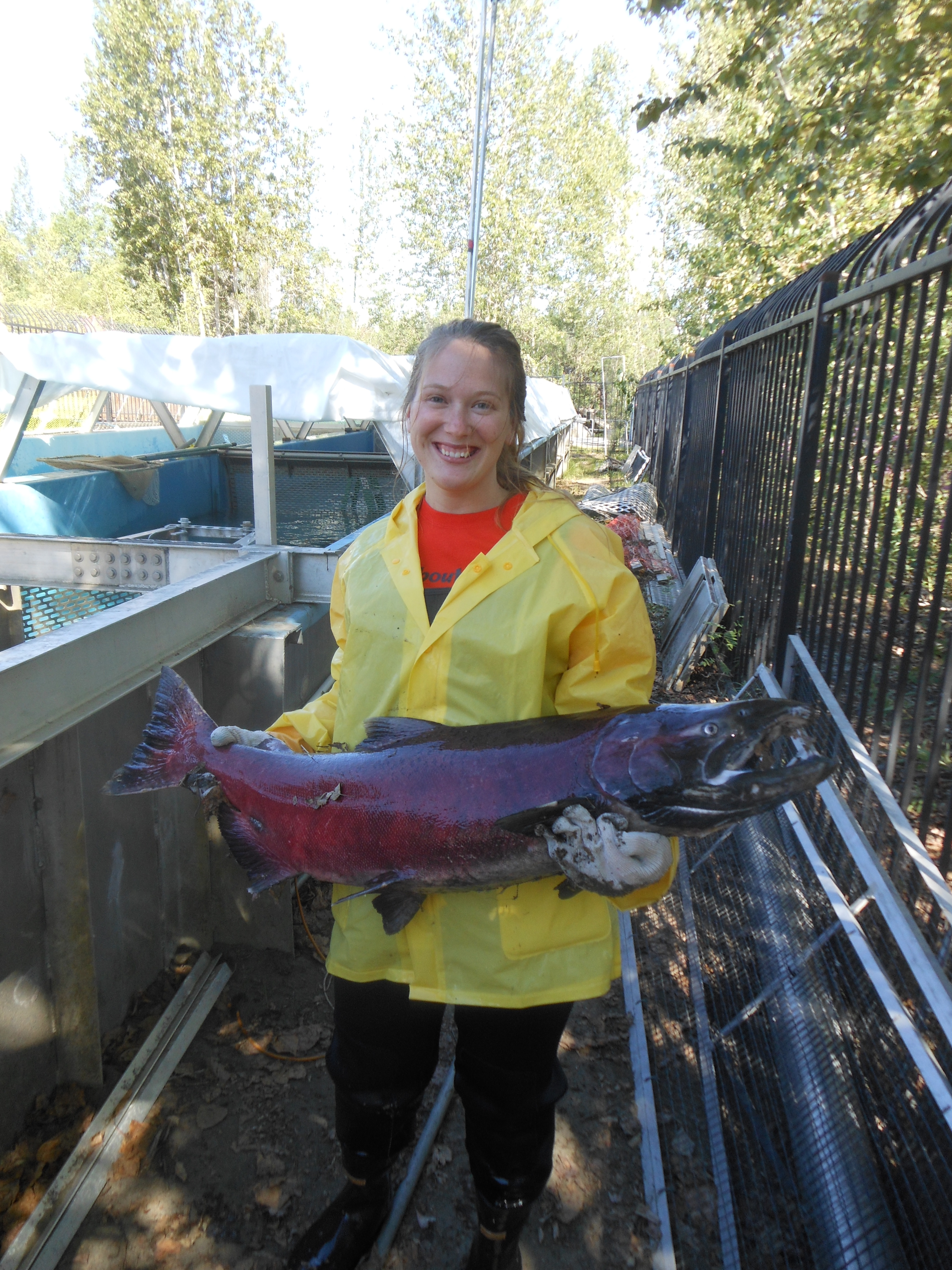by Elbert Joseph
In the Caribbean, Carnival can simply be described as the ultimate expression of pure joy. This expression of joy is reached while the sweet sounds of Soca music are played and people dance through the streets. It is probably the most colorful event that ever happens in the Caribbean. The events of Carnival can be divided into four parts: J’Ouvert, Kids’ Parade, Adults’ Parade, and Last Lap.
Carnival is the essence of the people of the Caribbean. Every year thousands of people flock to various islands to participate in the Carnival festivities and traditions of those islands. Although all of the islands celebrate Carnival, each island celebrates differently and at a different time. The festivities celebrated are a clear display of the history, culture, and essence of these people.
The beating sound of drums and irons signal the revelers out of their homes to join the street parade, and so, under the cloak of darkness, J’Ouvert begins. The word J’Ouvert – pronounced in the Caribbean as Jou-vay – comes from the French word jour’ouvert which, when translated into English, means day break or day open. This is quite fitting since the event takes place in the early morning hours, before the children’s parade begins. Revelers who take part in the event cover themselves in mud, oil, charcoal, powder and other things; which any newcomer not used to such a sight may weird, but it pays homage to the traditions and folklore of our ancestors. It is a tradition that everyone who celebrates J’Ouvert should not leave clean but be covered in mud themselves.
Carnival’s main events of the season occur on Monday and Tuesday. Monday being set aside as the children’s parade, and Tuesday for the adults. This is when individuals dress up in costumes adorned with jewels and feathers and dance to the sweet sounds of soca and calypso.
On Carnival Monday we have the children’s parade, which is known to be amazing. This is when the children come out and show what they have been practicing all year long. We have Majorettes, Moko-Jumbies, and Caribbean Indians along with various other troops. They practice elaborate routines that include various levels of acrobatics and complex dance steps that are performed as they march up the parade route.
With the dawning of Carnival Tuesday comes the dawning of the adults’ parade. The adults’ parade comes with extravagant animal costumes and troops that pay homage to our African, Taino, Arawak, Caribs, and Ciboney ancestry by ways of dress and dance performance. By the end of adults’ parade, you have witnessed a mirage of colors and costume styles that mesmerize the mind. During the parades, numerous alcoholic beverages are swallowed and the waistlines of the revelers are in motion, as they wind down to the hottest and most popular soca, dancehall, and calypso beats of the year. Costume after costume will pass by till the late hours of the night. The event culminates at midnight with a lengthy display of fireworks.
However, it’s not over yet. After the fireworks display, the bands continue to play up until the next morning, which is when the carnival season officially ends. This event is called the last lap, which is simply a massive fete – in English, this means an extravagant party – before everyone gets back into their normal work routine once more. It allows for people to completely soak in the experiences they have gathered throughout the season and enjoy themselves one last time.
As an outsider, you have now witnessed, and possibly participated in, one of the most welcoming and joyous culture celebrations in the Caribbean. Carnival is the time of year when Caribbean people let loose and pay homage to our rich history and culture. It’s a time when the Caribbean people island hop to partake in each other’s festivities. It’s a familiarity and uniqueness that can be found nowhere else in the world. The cultural activity that we call Carnival is the stress reliever that resets our lives, gives us the essence that reminds us of who we are, and a new page to continue our story.
[divider]
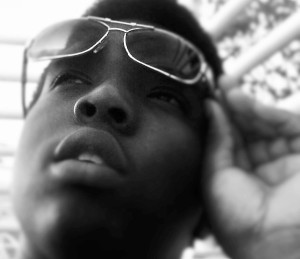 Elbert was born and raised on the Nature Isle of the Caribbean known as Dominica. While on the island, he explored many of its forests and 365 rivers, which provided him with numerous, unending adventures. His time on the Island, unfortunately, ended when his family moved to the U.S Virgin Islands when he was twelve. That was about the time he decided to pursue a career as an attorney. A few practicing attorneys told him to get a Liberal Arts college education since an attorney should have a grasp on many facets of life. During his first year at Flagler College, he decided to transfer to APU.
Elbert was born and raised on the Nature Isle of the Caribbean known as Dominica. While on the island, he explored many of its forests and 365 rivers, which provided him with numerous, unending adventures. His time on the Island, unfortunately, ended when his family moved to the U.S Virgin Islands when he was twelve. That was about the time he decided to pursue a career as an attorney. A few practicing attorneys told him to get a Liberal Arts college education since an attorney should have a grasp on many facets of life. During his first year at Flagler College, he decided to transfer to APU.
